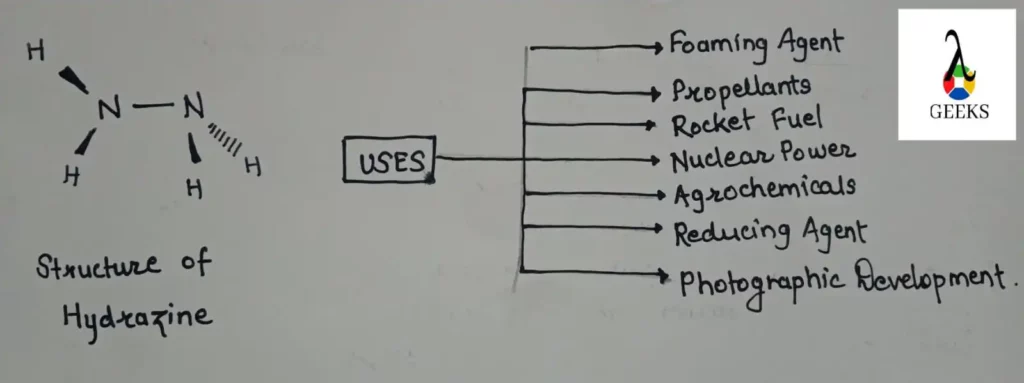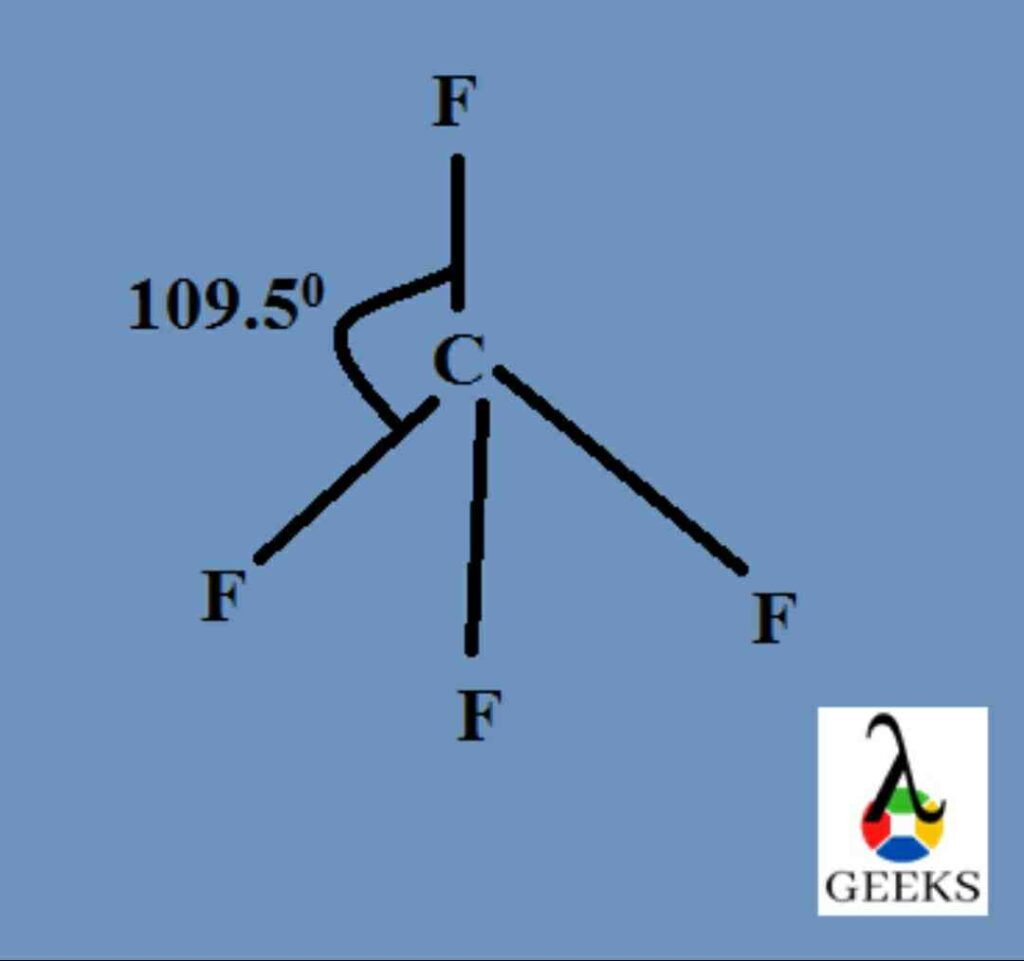13 Hydrazine Uses: Facts You Should Know!
N2H4, hydrazine also known as Diazane, Diamine, Tetrahydridodinitrogen(N-N) and Diamidogen. Let us see its uses in detail. Hydrazine has the following uses, N2H4 Hydrazine has beneficial uses in various industries and science fields which will be reviewed in this article. Foaming Agent Propellants Rocket Fuel Nuclear Power N2H4 is used in electrical and nuclear power … Read more

